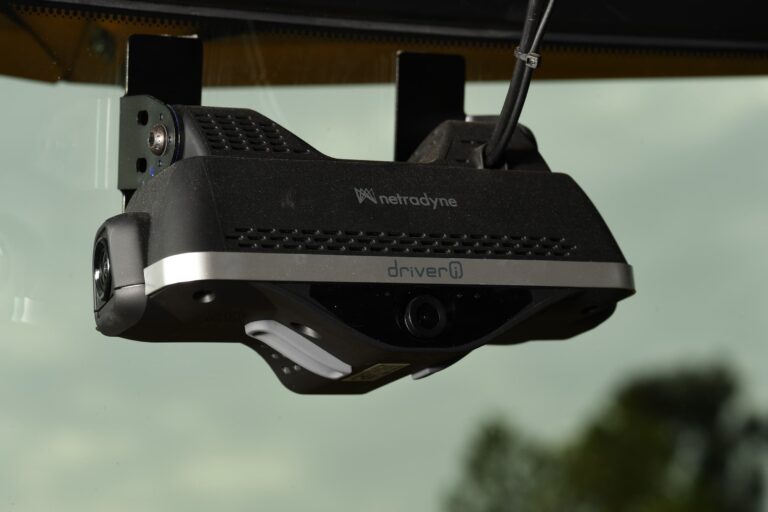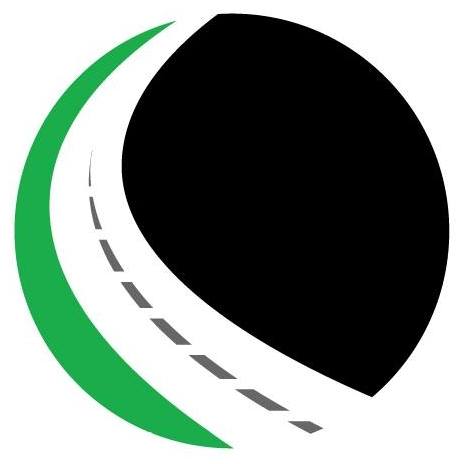SAN DIEGO — Netradyne, a provider artificial intelligence (AI) technology focusing on driver and fleet safety, said recently that Driveri has captured and analyzed over 200 million miles of road data as of the second week in June.
With one of the largest and most complete AI vision-based databases in the commercial transportation industry, the information collected by Driveri is not only being utilized for fleet safety, but also helping to drive the autonomous vehicle (AV) industry forward, according to Netradyne President Sandeep Pandya.
There are 2.7 million miles of paved roads in the United States, of which Netradyne has captured and analyzed over 1 million unique miles.
The speed in which Netradyne is able to garner this data pays tribute to its rapidly expanding subscriber base, Pandya said. Each of these 200-plus million miles has been analyzed with AI and collected by professional drivers covering real road miles.
With a subscriber base of users covering the entirety of U.S. roadways, Driveri is able to collect data coast to coast while also making numerous passes over these roads to provide deeper insights into the same road in different conditions throughout the year.
“The HD mapping data and driver behavioral models being captured by Driveri daily will be a key component to the future of driving technology, including advancing AVs as they come to market,” said Avneesh Agrawal, CEO of Netradyne. “We believe we have the largest and most comprehensive AI vision-based database in the commercial transportation industry. Our network sees everything from congested roads in metro areas to stretches of rural highways, often many times, providing insights that no other company can.”
The road to making AVs a reality in every day life is a complex one that will take companies working hand-in-hand to ensure driver and passenger safety. Netradyne’s ability to make numerous passes on the same road, which Driveri does, will complement other technologies to move the industry into the future, Agrawal said.
“As a team with deep-rooted knowledge and experience within the transportation and technology industries, we are excited to use this vast know-how along with the sheer amount of miles mapped to keep our drivers and roadways safe, while launching the transportation industry forward,” Pandya said. “It’s a thrilling time to be a part of the ride!”
Founded in 2015, Pandya said Netradyne leverages global technology centers in San Diego and Bangalore to push the boundaries of intelligent connectivity.
For more information about Driveri or to inquire about commercial vehicle safety tools, please visit www.netradyne.com.
The Trucker News Staff produces engaging content for not only TheTrucker.com, but also The Trucker Newspaper, which has been serving the trucking industry for more than 30 years. With a focus on drivers, the Trucker News Staff aims to provide relevant, objective content pertaining to the trucking segment of the transportation industry. The Trucker News Staff is based in Little Rock, Arkansas.








